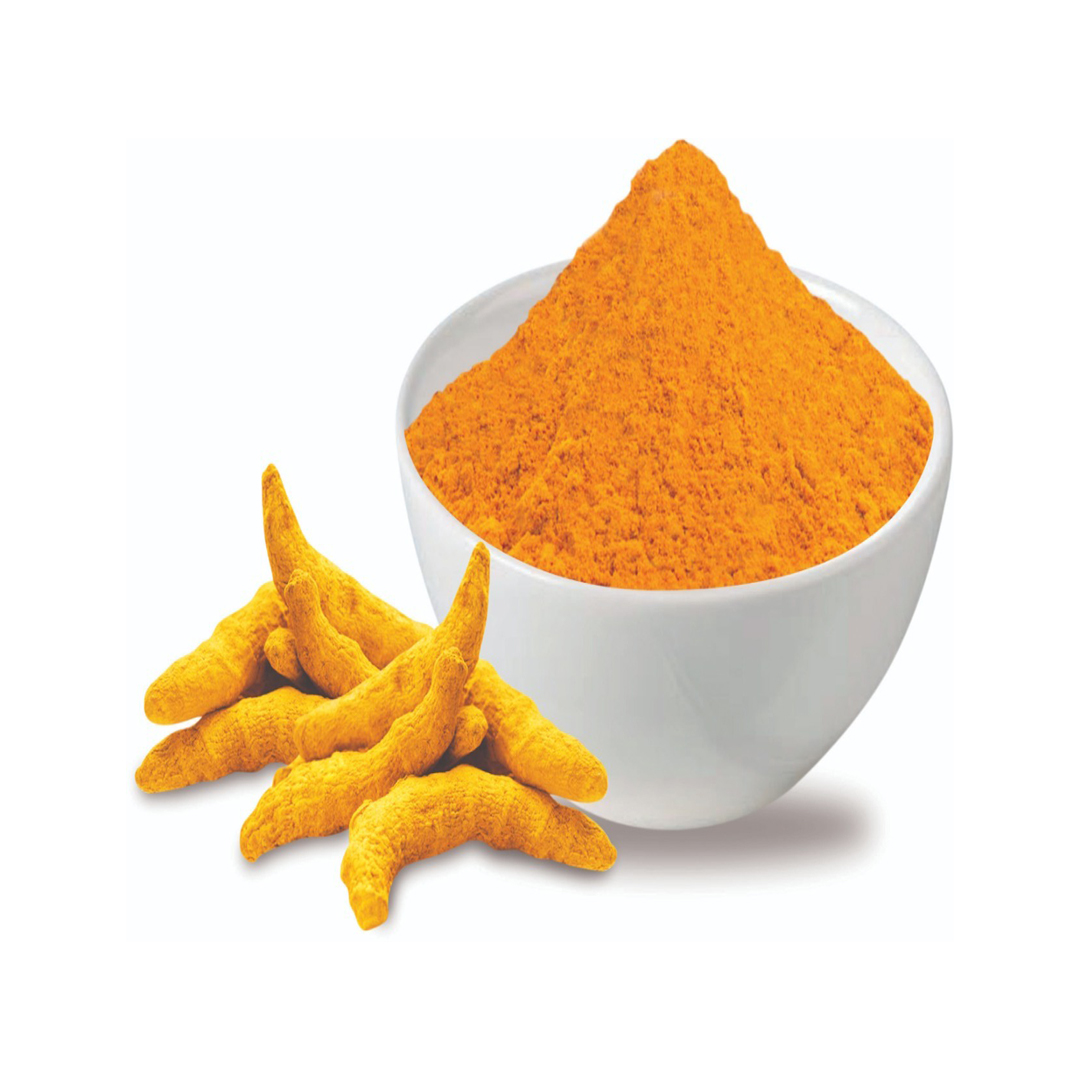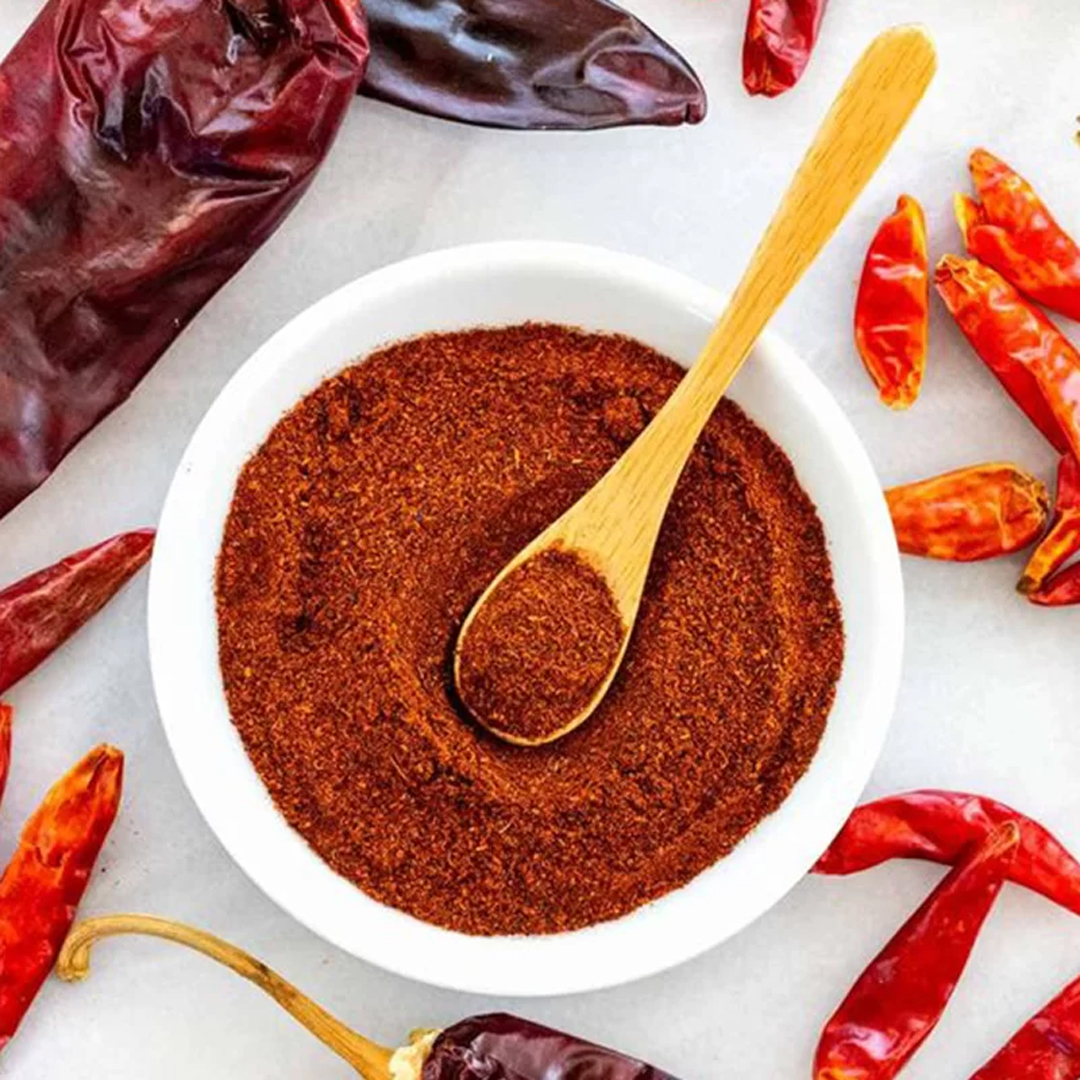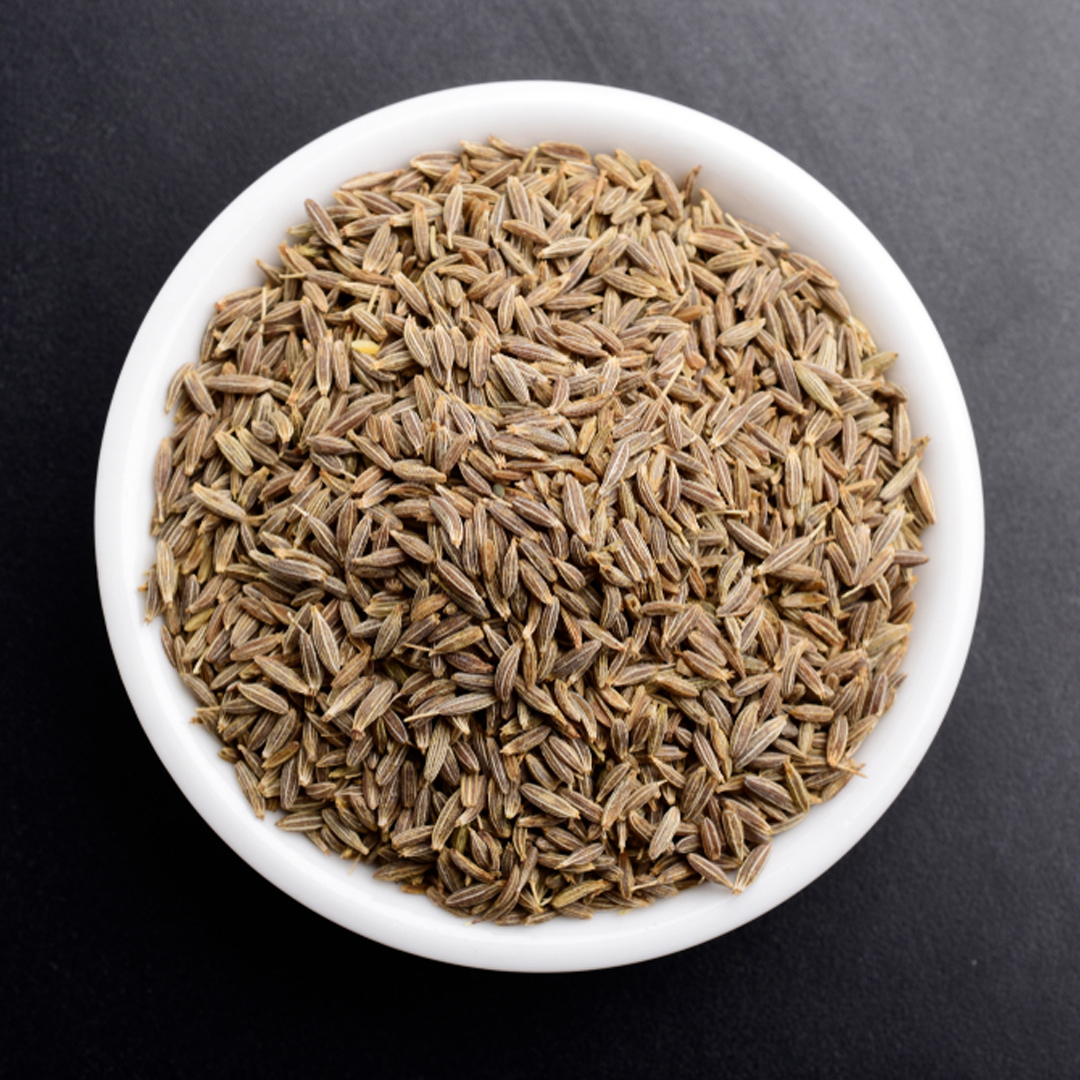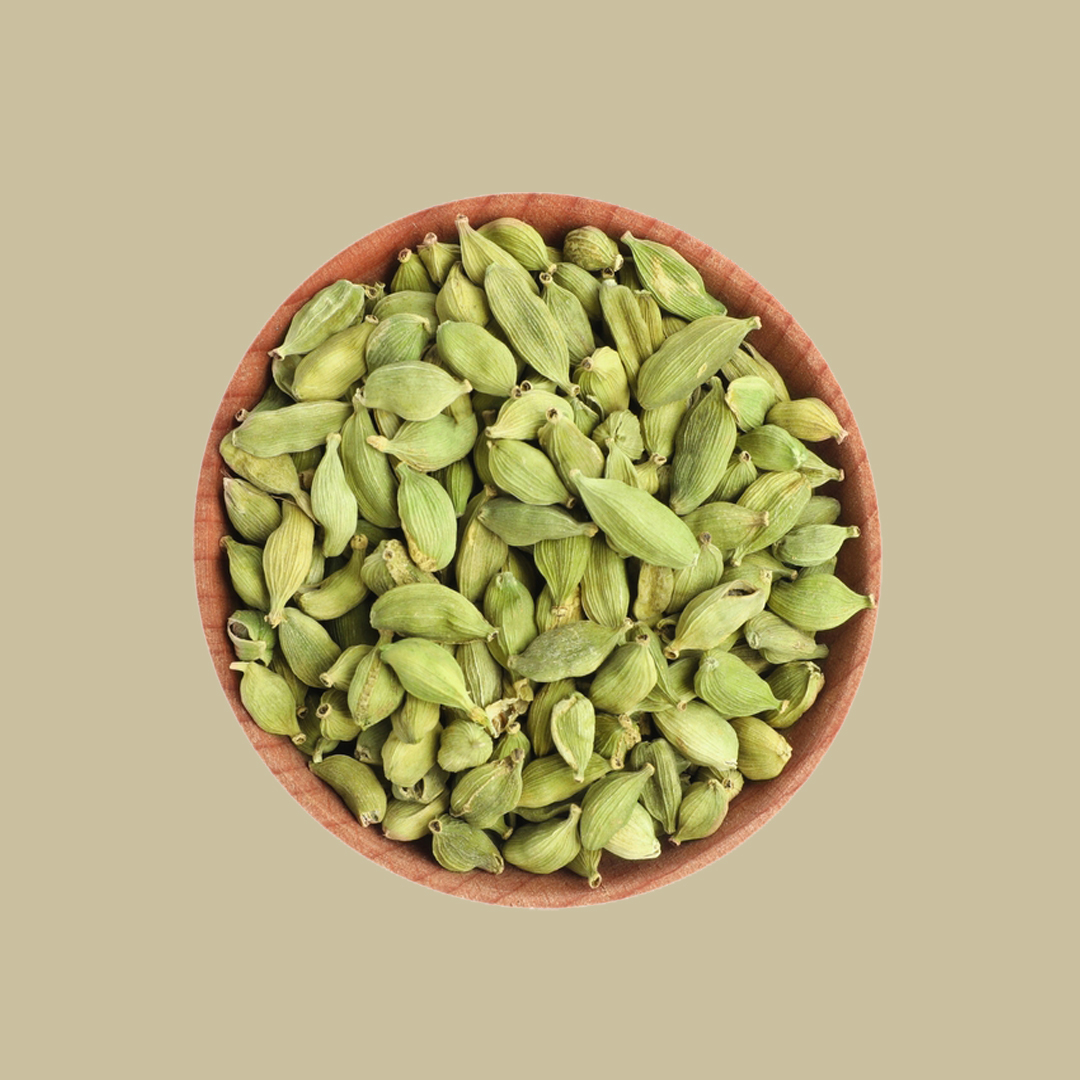Turmeric
- Turmeric powder, the golden spice of India, adds vibrant color, unique flavor, and a wealth of health benefits to dishes. This earthy and slightly bitter spice is a staple in curries, dals, and various vegetable preparations. It is also used as a marinade for meat and in pickling fruits and vegetables.
- Turmeric has a warm, bitter taste and is frequently used to flavor or color curry powders, mustards, butters, and cheeses. Because curcumin and other chemicals in turmeric might decrease swelling, it is often used to treat conditions that involve pain and inflammation.
Call
Enquiry Form
What's App
Red Chilly
- Red chilli powder can set the taste buds on fire, and sometimes the tummy too! It is basically a spice blend consisting of one or two types of dried red chillies that are ground and pulverized into a fine powder. It is generally used to add spice to otherwise bland foods.
- Boasting high amounts of vitamin C and antioxidants, chillies have been found to help prevent lifestyle diseases including some cancers and stomach ulcers. Meanwhile, their ability to create heat within the body has also linked the peppers to weight loss as well as lowering the risk of type II diabetes.
Call
Enquiry Form
What's App
Cumin Seeds
- Cumin is the dried seed of the herb Cuminum cyminum, a member of the parsley family. The cumin plant grows to 30–50 cm (12–20 in) tall and is harvested by hand. It is an annual herbaceous plant, with a slender, glabrous, branched stem that is 20–30 cm (8–12 in) tall and has a diameter of 3–5 cm (11⁄4–2 in).
- The yellowy brown oval shaped seeds can be used whole or ground into a powder. Cumin is the dried seed of the herb called Cuminum cyminum, which is a member of the parsley family. Cumin gives a warm pungent flavour and brings out the natural sweetness of the dish.
- Cumin was also used heavily in ancient Roman cuisine. In India, it has been used for millennia as a traditional ingredient in innumerable recipes, and forms the basis of many other spice blends. Cumin was introduced to the Americas by Spanish and Portuguese colonists. Black and green cumin are used in Persian cuisine.
Call
Enquiry Form
What's App
Cardamom
- Cardamom fruits may be collected from wild plants, native to the moist forests of southern India, but most cardamom is cultivated in India, Sri Lanka, and Guatemala. The fruits are picked or clipped from the stems just before maturity, cleansed, and dried in the sun or in a heated curing chamber.
- Cardamom (Elaichi) from India. In Asia, both types of cardamom are widely used in both sweet and savory dishes, particularly in the south. Both are frequent components in spice mixes, such as Indian and Nepali masalas and Thai curry pastes.
- Cardamom, spice consisting of whole or ground dried fruits, or seeds, of Elettaria cardamomum, a herbaceous perennial plant of the ginger family (Zingiberaceae). The seeds have a warm, slightly pungent, and highly aromatic flavour somewhat reminiscent of camphor.
Call
Enquiry Form
What's App





